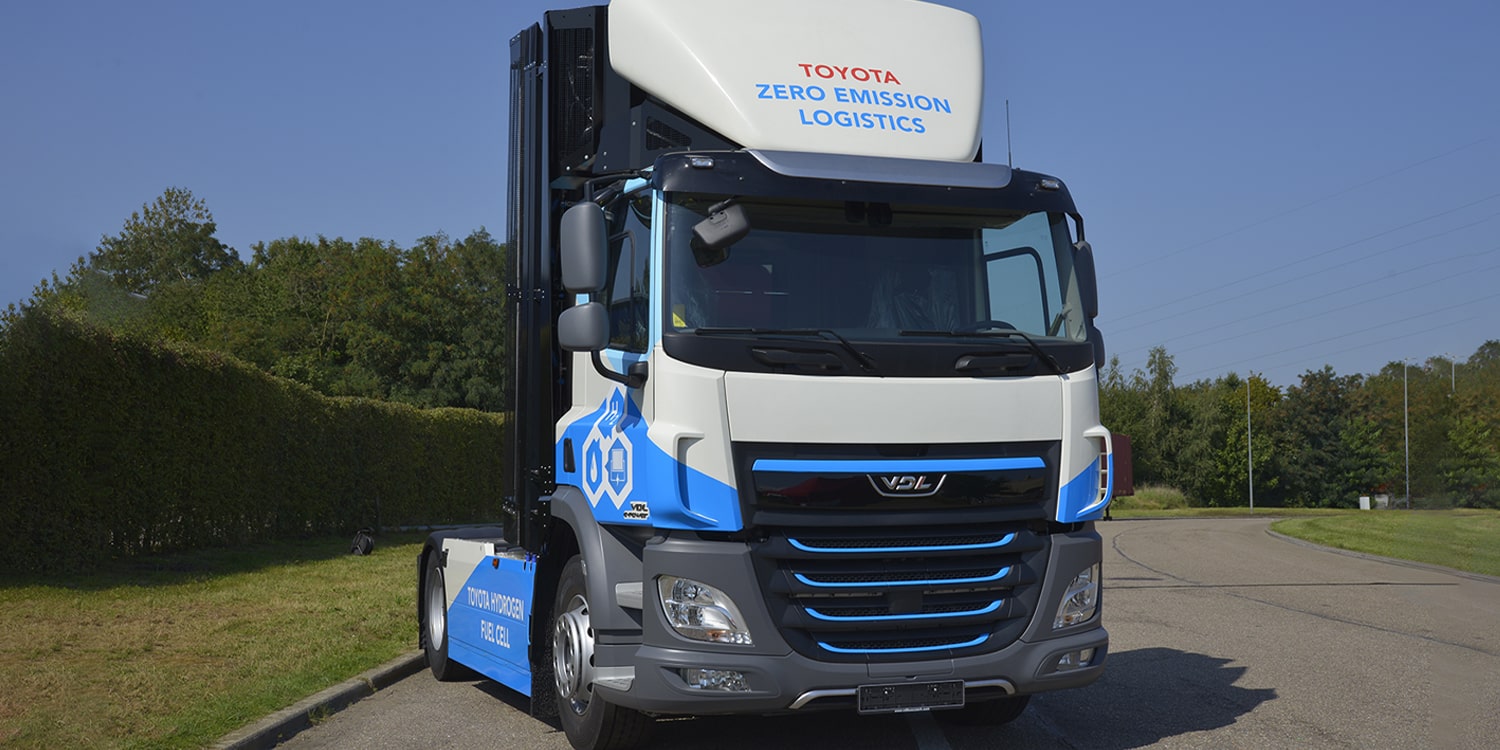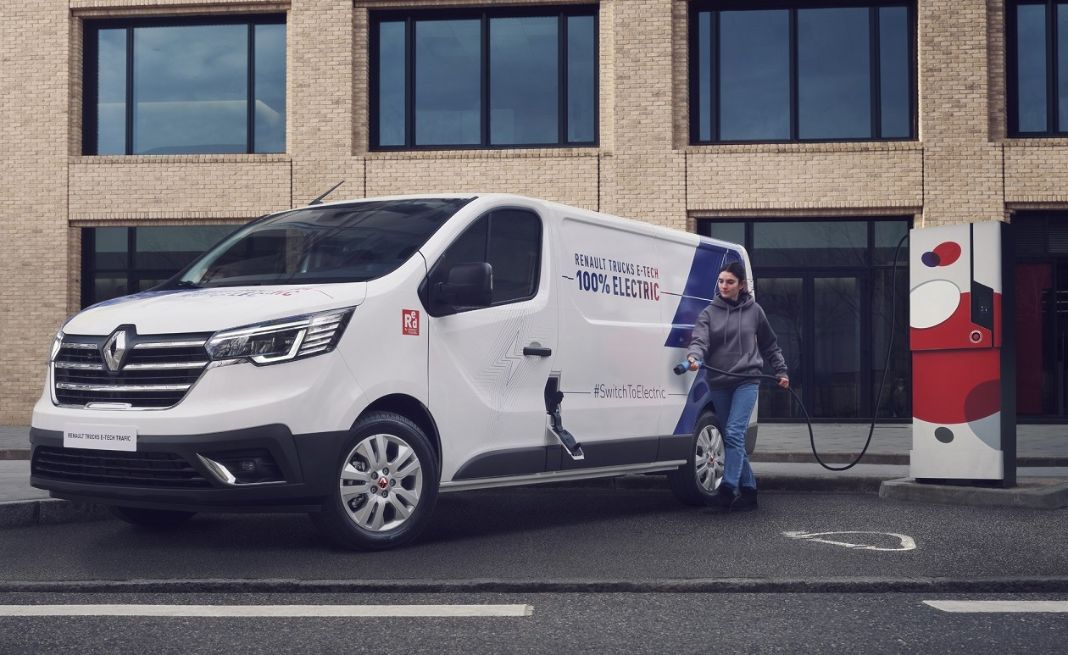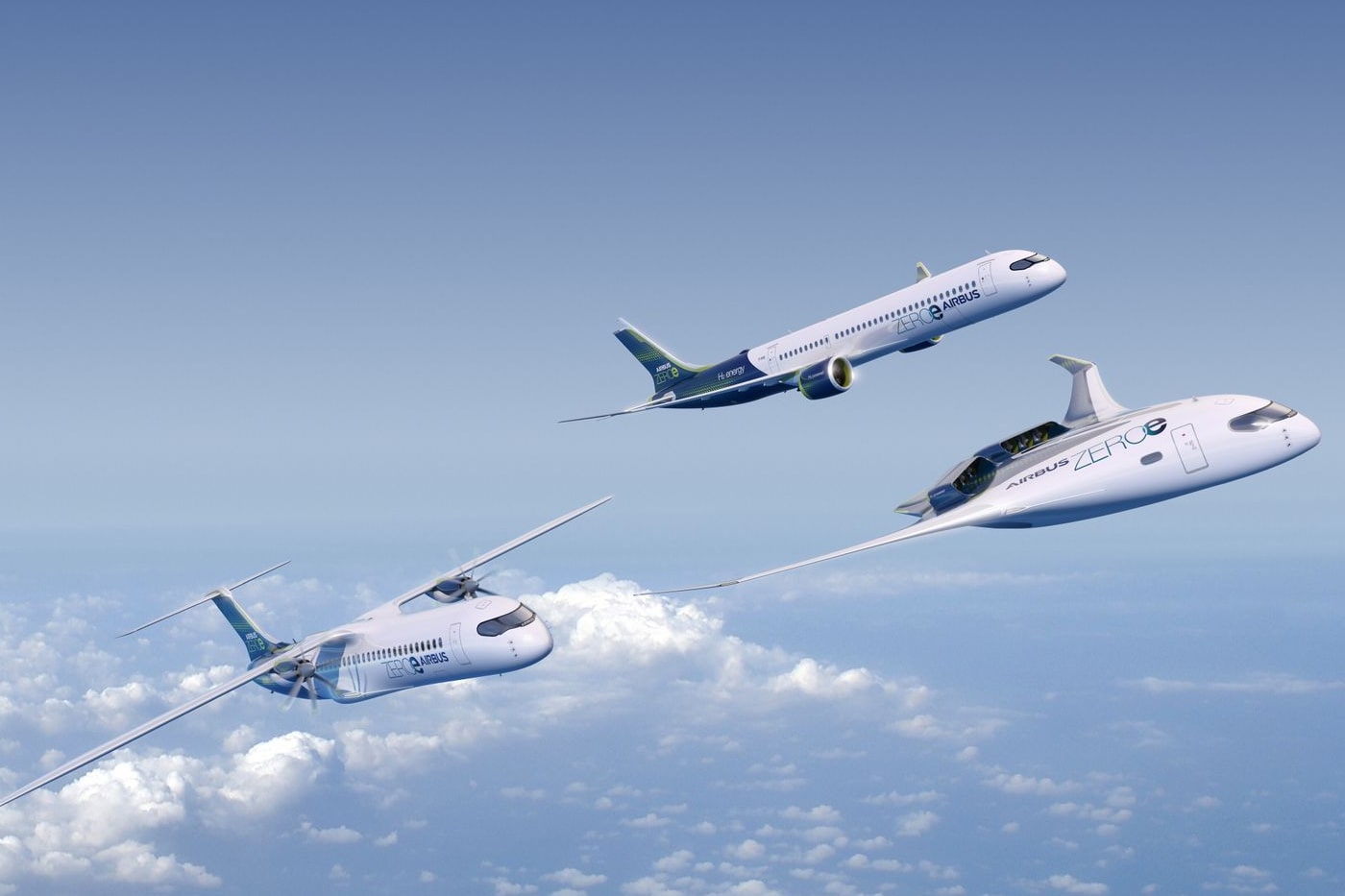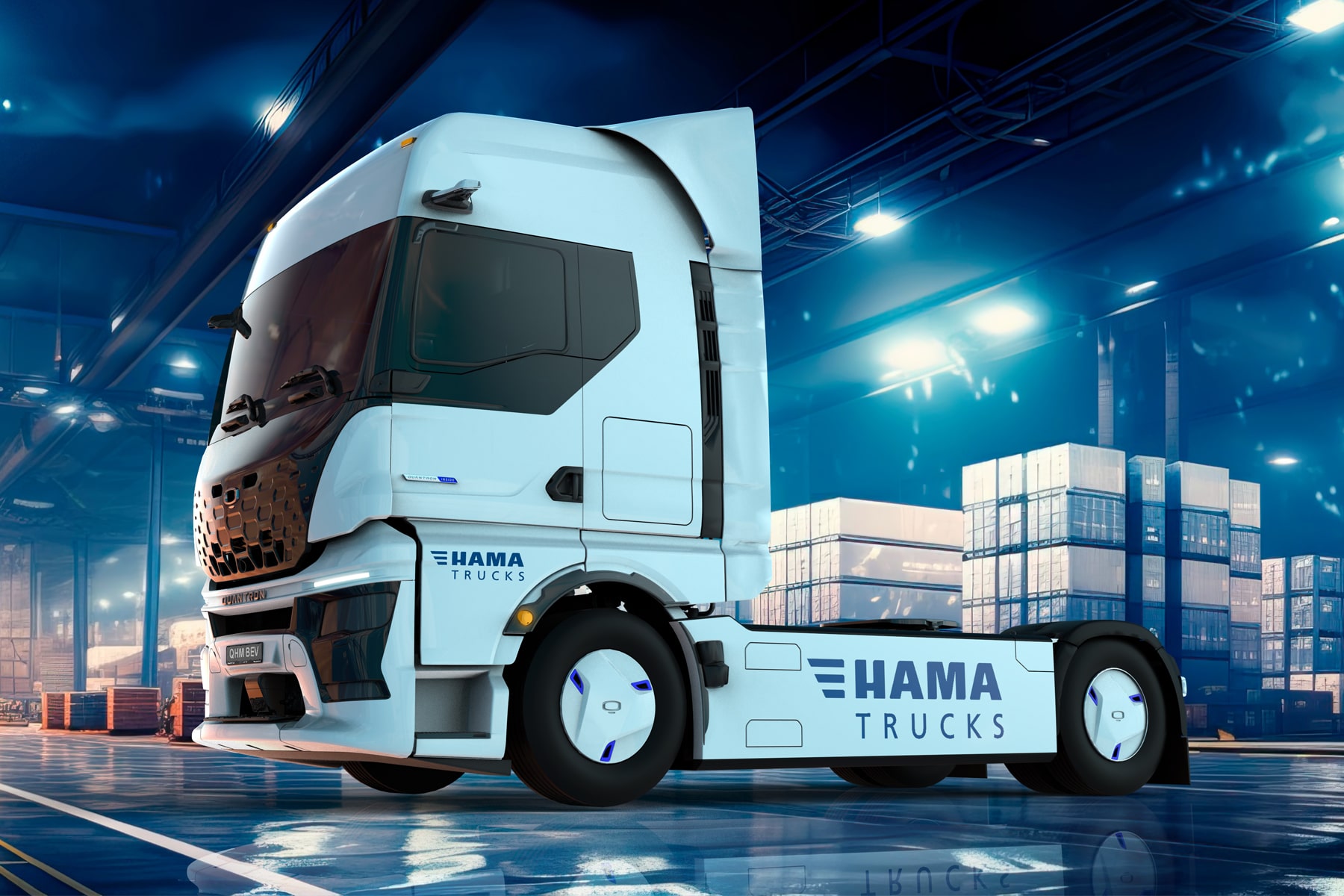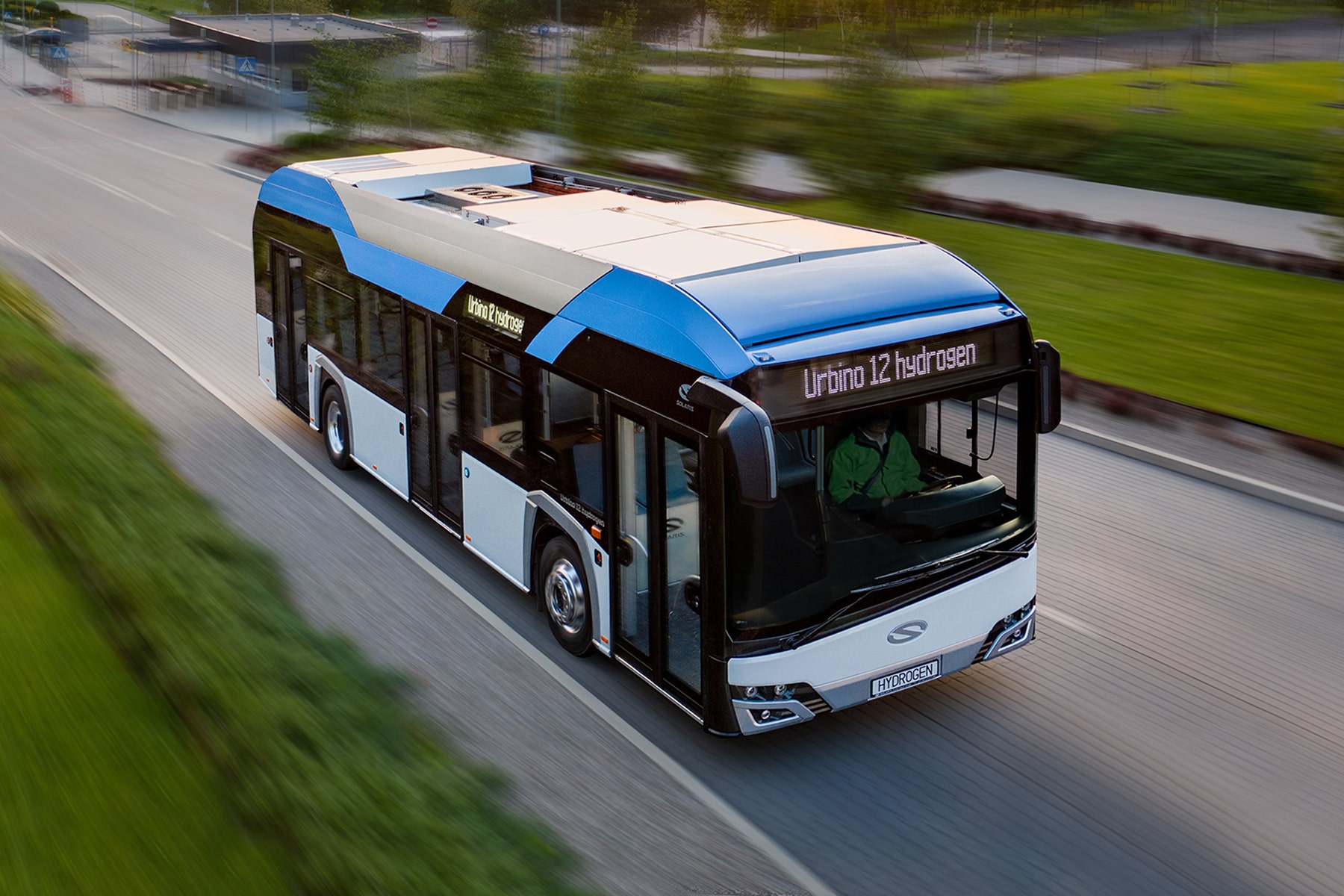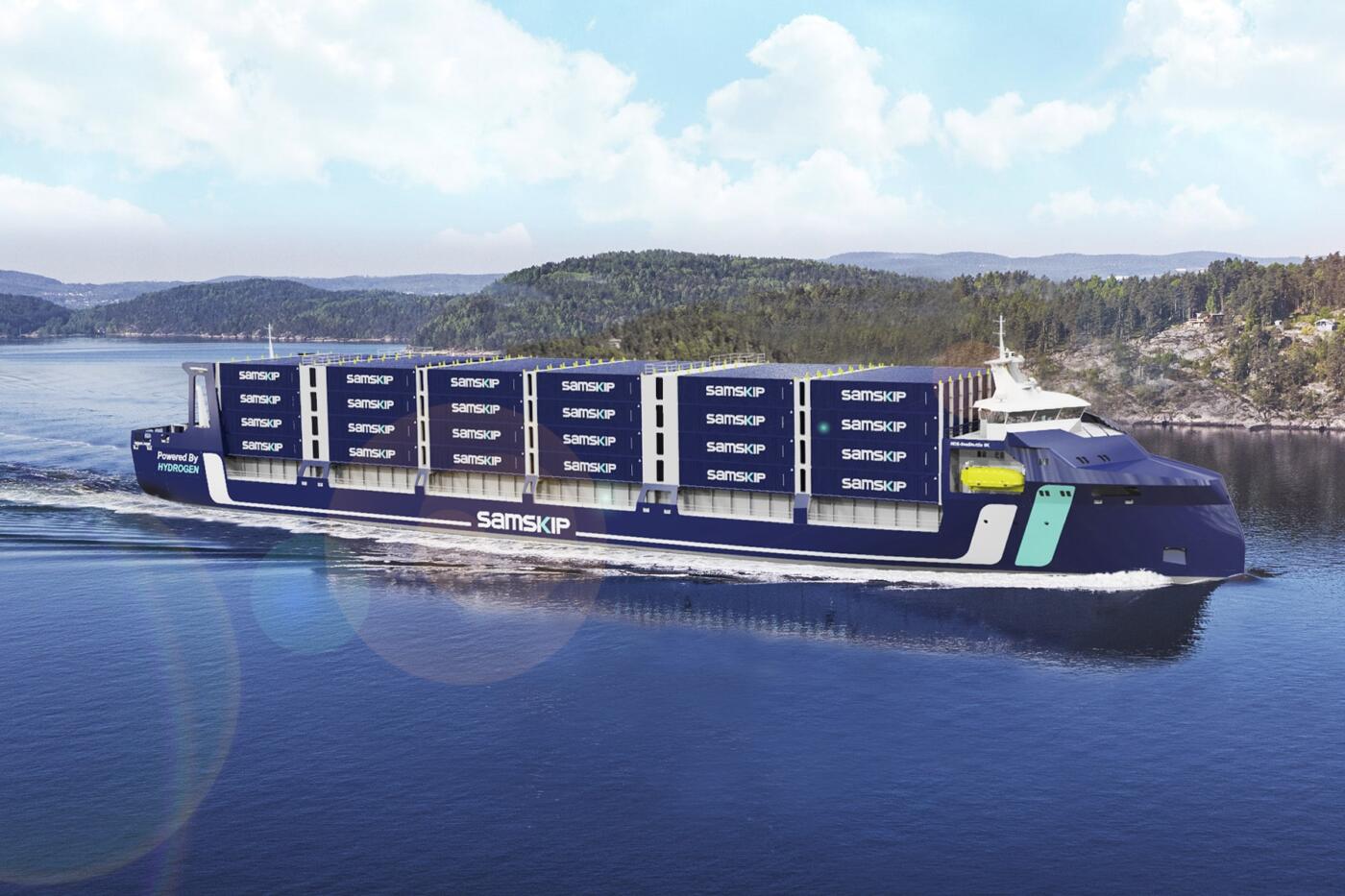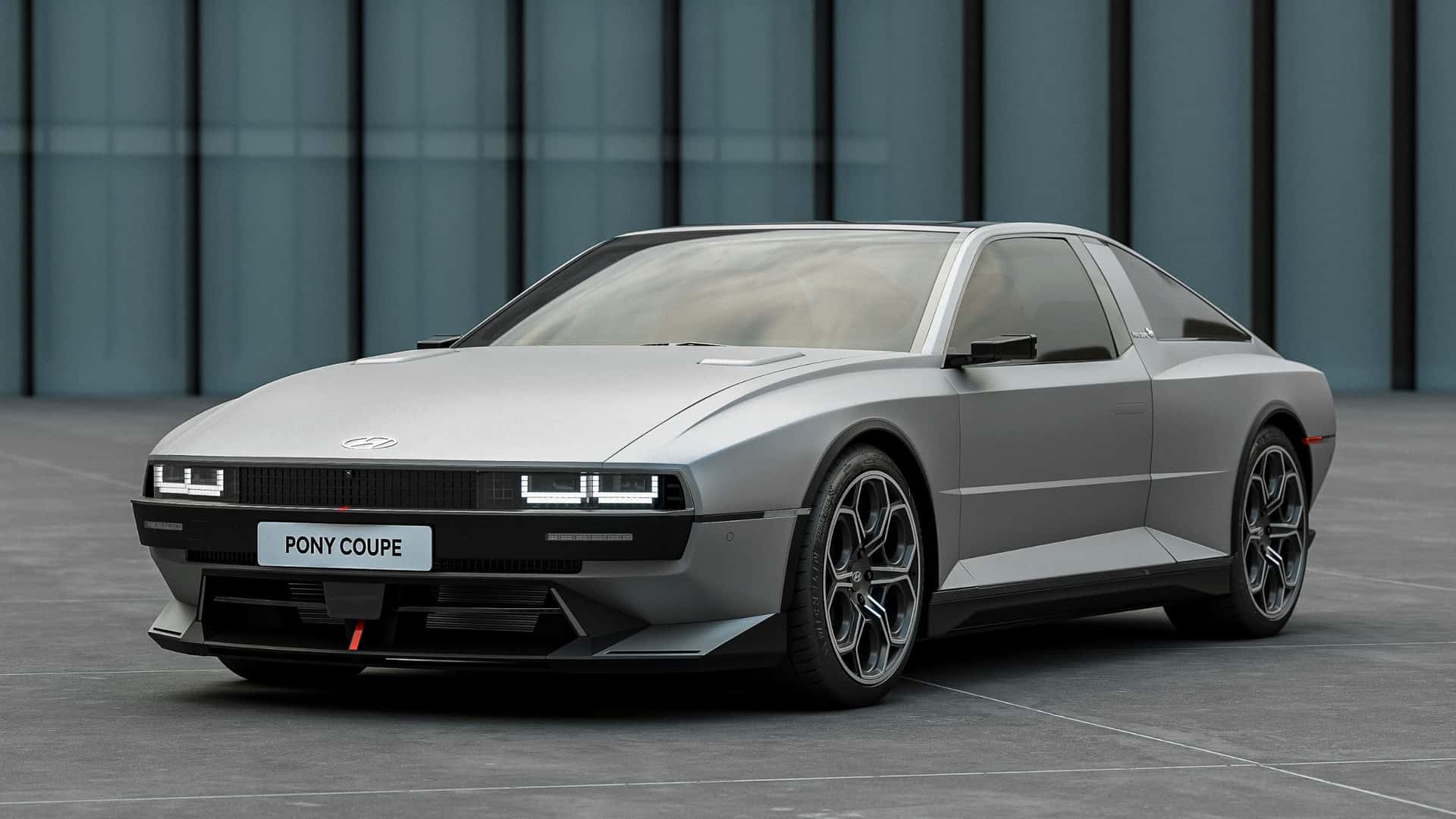Toyota and VDL have proudly unveiled the maiden fuel cell truck stemming from their collaboration initiated in May. This innovative prototype is currently undergoing rigorous testing within Toyota’s logistics operations. The joint objective is to assess its performance continually and drive further advancements, with an eye toward expanding the project’s scope.
VDL Group is already gearing up to produce an additional four fuel cell trucks, destined for service with Toyota’s logistics partners – VOS Transport Group, CEVA, Groupe CAT, and Yusen. These logistics companies will deploy these hydrogen-powered vehicles along their daily routes connecting key European hubs, including Cologne, Antwerp (Belgium), Lille (France), and Amsterdam and Rotterdam (the Netherlands). To ensure uninterrupted operations, each route will feature at least one hydrogen refueling station, complete with contingency plans for unforeseen incidents.
Toyota’s European headquarters stated, “The collaborative efforts of all participants are poised to deepen our understanding of fuel cell truck deployment on public roads and contribute significantly to Europe’s ecological energy transition. This five-year field trial represents a pivotal step toward the development of a sustainable hydrogen infrastructure in Europe, ultimately paving the way for more environmentally friendly, carbon-neutral mobility solutions.”
With the handover of the inaugural prototype now accomplished, both partners remain on track with their initial timeline. Back in May, the two companies had announced their intent to roll out their first hydrogen truck, equipped with a retrofitted fuel cell module from Toyota, during the summer, with additional vehicles slated for the autumn.
Notably, Toyota has yet to divulge specific technical details concerning the VDL hydrogen truck. The well-known fuel cell module, designed for third-party customers, comes in two configurations, suitable for vertical or horizontal installation, contingent on available space. These modules are available with rated outputs of 60 or 80 kW, spanning a voltage range of 400 to 750 volts. In the context of a truck’s power requirements, it is presumed that two of these modules are integrated. However, data pertaining to the electric drive system, buffer battery, and hydrogen tanks remains undisclosed. Press photographs released thus far reveal the characteristic stacking of cylindrical hydrogen tanks situated behind the driver’s cab, consistent with the design commonly seen in hydrogen-powered trucks.

